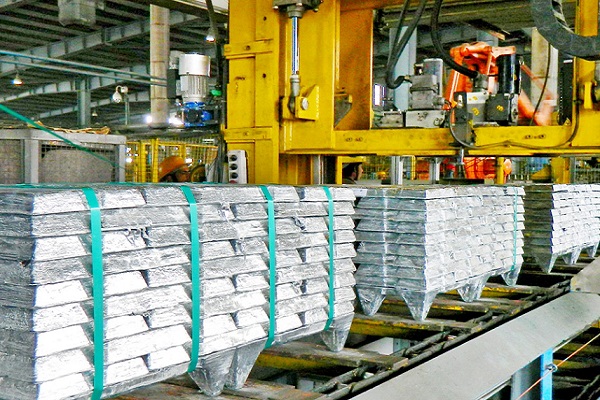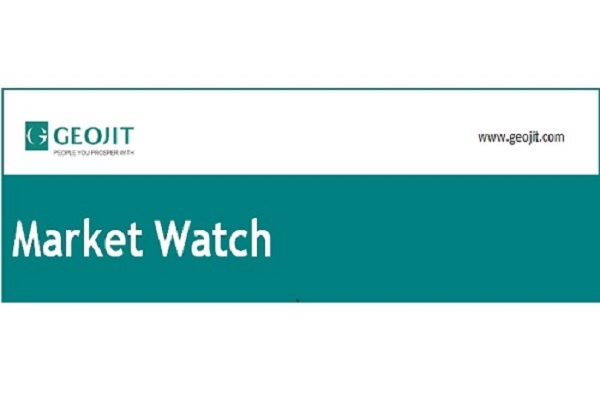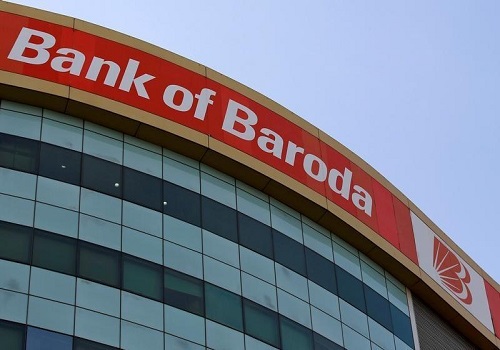India equity benchmarks set to track Asian peers higher after US-Japan deal

India's equity benchmarks are set to open higher on Wednesday, tracking gains in their Asian peers after the U.S. announced a trade deal with Japan, fuelling expectations of more to come.
The uncertainty over India-U.S. interim trade deal ahead of President Donald Trump's August 1 deadline could limit gains in the Indian market.
The Gift Nifty futures were trading at 25,164 points as of 8:08 a.m. IST, indicating that the Nifty 50 will open above Tuesday's close of 25,060.9.
Japanese shares led the rally in Asian equities on Wednesday following the trade deal announcement. MSCI's broadest index for Asia-Pacific stocks outside Japan also advanced 0.7%. [MKTS/GLOB]
In another positive development, U.S. and Chinese officials will meet in Stockholm next week to discuss an extension to the August 12 deadline for negotiating a trade deal, Treasury Secretary Scott Bessent said.
Easing global trade tensions is a positive for equities as it can reduce the uncertainty about global growth and inflation, which has kept the U.S. Federal Reserve from cutting interest rates.
Meanwhile, the prospects of an interim trade deal between India and the U.S. before Washington's August 1 deadline have dimmed, with talks deadlocked over tariff cuts on key agricultural and dairy products, Reuters reported, citing two Indian government sources.
In the absence of a trade deal, analysts expect market to remain stock-specific amid earnings season. Infosys, Dr Reddy's Laboratories and Tata Consumer Products are the Nifty 50 companies scheduled to release their earnings on Wednesday.
STOCKS TO WATCH
** Fintech firm Paytm swings to a profit in June quarter, driven by robust growth in its lending business and tight cost controls, and said it expects a further improvement in earnings
** Dixon Technologies posts higher revenue and profit for the first quarter on the back of strong growth in mobile and other electronic manufacturing services
** Jana Small Finance Bank posts lower profit due to a drop in net interest income, while gross non-performing assets rose during the quarter























